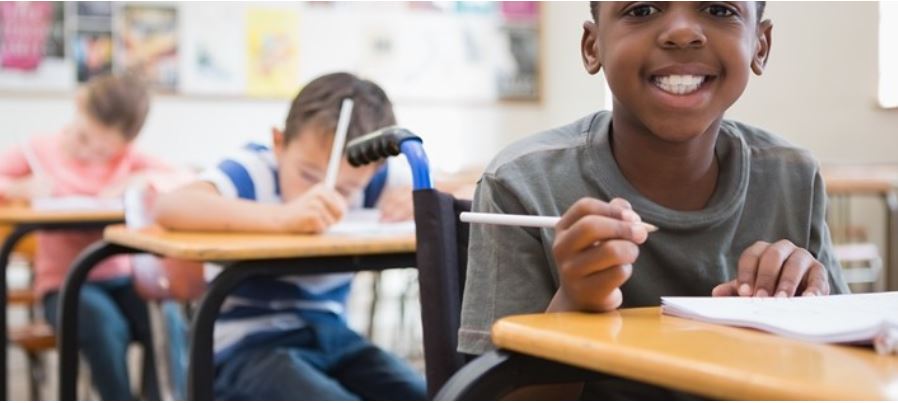Bullying rates higher for children with disabilities
UNESCO

Learners with disabilities are disproportionately affected by bullying at all ages and in all learning settings, with serious negative impacts on their education, health and well-being. The extent of the problem and the reasons these learners are so vulnerable was the subject of an international meeting, the third in a 2021 series by UNESCO and the World Anti-Bullying Forum.
The international meeting on bullying involving children and young people with disabilities was held in the lead-up to the World Anti-Bullying Forum in Stockholm on 1-3 November. Representatives from UN agencies, non-Government and civil society organizations, academia and youth explored the available evidence, and spotlighted examples of targeted responses to bullying.
A new report summarizing the key findings of a literature review commissioned by UNESCO was presented for the first time during the meeting. In every study reviewed for the report, learners with disabilities were as or more likely than their non-disabled peers to be victims of school violence and bullying, in some cases significantly more. This is found at all levels of education, but particularly between the ages of 13 and 15 during the transition from late childhood into early adolescence.
Vibeke Jensen, Director, Division of Education for Peace and Sustainable Development at UNESCO said school violence in all its forms, including bullying, is a severe infringement of children and adolescents’ right to education. “UNESCO promotes inclusive education systems that remove the barriers limiting the participation and achievement of all learners. Among marginalized and vulnerable groups, UNESCO has been paying special attention to children with disabilities,” Ms Jensen said.

